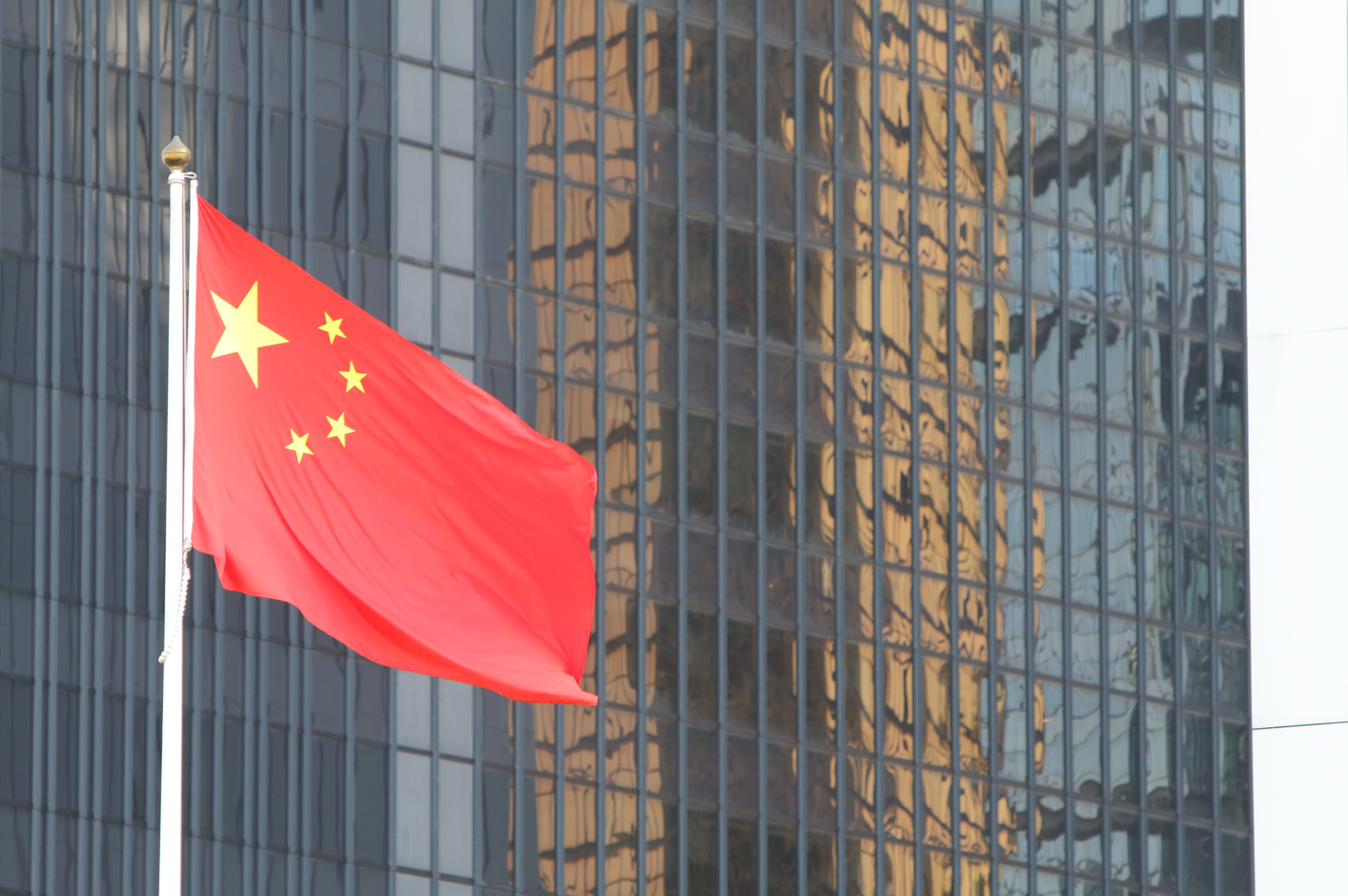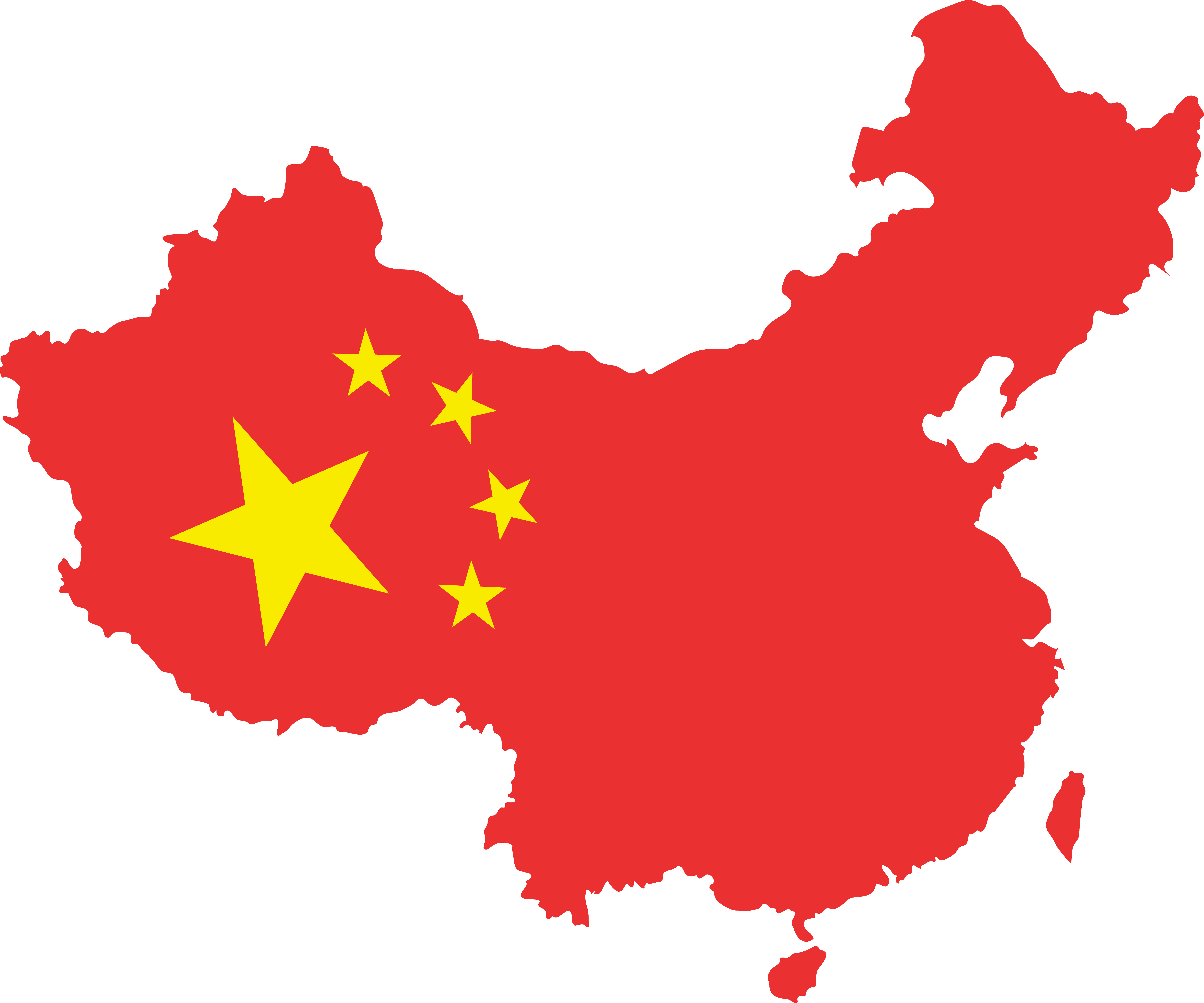China has issued new Guidelines on competition in the field of Standard Essential Patents (SEPs) to regulate licensing practices and prevent anti-competitive behavior.
These Guidelines establish clear rules for SEPs, emphasizing FRAND conditions (fair, reasonable and non-discriminatory), good faith negotiations, and transparency in royalty setting.
Key measures include strengthened anti-monopoly rules, refined criteria for assessing excessive pricing, and increased oversight of patent pools to prevent abuses.
The State Administration for Market Regulation (SAMR) now has enhanced powers to investigate and enforce these rules.
With these Guidelines, China seeks to strike a balance between protecting intellectual property and ensuring fair competition, while asserting its influence in shaping international standards on SEPs.
The Chinese Guidelines of 8 November 2024 mark a new stage in the regulation of Standard Essential Patents (SEPs) in China. This normative text, adopted in a context of rapid technological development and increasing globalization, aims to promote a healthy and fair competitive environment in a sector that is strategic for the Chinese economy.

SEPs, by their very nature, confer considerable market power on their holders. Indeed, these patents cover technologies indispensable for the implementation of widely adopted industrial standards, thereby placing their holders in a position of strength during licensing negotiations. This situation may give rise to anti-competitive practices such as refusal to license, the imposition of excessive royalties, or discriminatory contractual conditions.
It is in this context that the Chinese Guidelines are situated. They aim to prevent and sanction such abuses by defining a clear and precise legal framework for the exploitation of SEPs.
The fundamental principles set out in the Guidelines may be summarized as follows:
- SEP holders are required to grant licenses to any entity wishing to manufacture, use or sell products compliant with the standard, under fair, reasonable and non-discriminatory (FRAND) conditions. This obligation stems from the essential character of the patent, which gives society an interest in ensuring that the technology is widely disseminated.
- Royalties and other licensing terms must be determined objectively and transparently, taking into account relevant economic factors such as the economic value of the patent, research and development costs, royalties charged for comparable technologies, and the market share of each party.
- The Guidelines prohibit any conduct that unduly restricts competition, such as unjustified refusals to license, tying practices, exclusionary conduct, and bad faith behavior during negotiations.
The Guidelines strengthen the requirement of good faith negotiation, provide further detail on the criteria for determining excessive pricing, and extend anti-monopoly regulation to patent pools. These clarifications serve to refine the existing framework and ensure a more effective balance between protecting intellectual property rights and preserving competition.
1. The requirement of good faith negotiation
The Chinese Guidelines of 8 November 2024 (Article 8) now provide a more detailed framework for assessing “good faith negotiation,” introducing a four-step process that complements the FRAND principle. According to this article, both the SEP holder and the implementer must act in good faith at each stage:

- First step: The SEP holder must present a clear and detailed licensing offer, including in particular the list of patents included in the SEP, a mapping table between a reasonable number of SEPs and the relevant standard, the royalty calculation method, and a reasonable response period.
- Second step: The implementer must express its intention to take a license within the time limit, without unjustified delay or refusal to negotiate.
- Third step: The SEP holder must propose licensing terms consistent with the FRAND commitment (royalty calculation method and justification of reasonableness, term of protection, any patent transfers, etc.).
- Fourth step: The implementer must accept these licensing terms within a reasonable period, or within that same period make a counter-offer consistent with the FRAND principle.
Each party must be able to demonstrate that it has fulfilled its obligation to negotiate in good faith. The new Guidelines also clarify that the implementer, while showing its willingness to take a license, retains the right to challenge the validity or relevance of the patents in question.
This mechanism draws inspiration from Chinese and international case law, notably the Huawei/ZTE rules established by the Court of Justice of the European Union in 2015 and widely adopted in other jurisdictions.
2. The criterion for determining excessive pricing: toward a more nuanced approach
The Guidelines of 8 November 2024 (Article 13) strengthen oversight of “excessive pricing” in SEP licensing. Beyond the usual criteria (R&D costs, royalties for comparable technologies, etc.), this article now incorporates additional factors to assess whether royalties imposed are objectively abusive:
- Consideration of the good faith negotiation process: The fact that the parties have effectively negotiated according to FRAND principles and complied with the different stages of negotiation weighs in the assessment of a potential excessive price.
- Regular adjustment according to the evolution of the SEP portfolio: Article 13(4) emphasizes the need for the SEP holder to adjust royalties when the quantity, quality, or value of its portfolio changes (expired, invalidated, or added patents). This requirement builds on the findings of the Qualcomm case (2015), where the company was criticized for failing to adjust royalties.
- Prohibition of double charging: Article 13(5) targets cases where the same patent would be exploited through non-practicing entities (NPEs) to demand multiple royalty payments.
Notably, the final version of the Guidelines omits the explicit reference to the criterion “royalties manifestly exceeding R&D costs,” considering that a simple comparison with the cost of innovation could overlook the importance of fair remuneration for the patent holder and the incentive to innovate.
3. Regulation of patent pools
Patent pools play an increasingly important role in the SEP ecosystem, particularly for complex technologies requiring the coordination of multiple essential patents. They allow for bundled licensing offers and, in principle, simplify negotiations for implementers. However, this centralization also carries anti-competitive risks, such as the imposition of uniform, non-adjusted royalties or the difficulty of verifying the validity of each patent in the pool.
The new Guidelines directly address this issue:
- Article 5 requires pool managers and operators to implement a strong antitrust compliance framework and encourages them to proactively report any risk of monopolistic practices to the competition authority.
- Article 2 extends the definition of “SEP holders” to all operators with the right to grant licenses. Pools are therefore formally subject to the same FRAND obligations as individual holders, including the requirement of good faith negotiation.
- Competition authorities, through SAMR, may now issue compliance recommendations or open investigations against pools suspected of anti-competitive practices (non-adjusted royalties, exclusion of competitors, etc.).
This evolution represents a notable step forward, as previous texts (Guidelines on Intellectual Property, Regulation on the Abuse of Intellectual Property Rights, etc.) remained relatively brief on issues specific to patent pools. The Chinese Guidelines of 8 November 2024 therefore aim to provide greater clarity and appropriate legal oversight for these collective structures, while preserving their economic usefulness.
Enforcement by SAMR
The State Administration for Market Regulation (SAMR) is responsible for enforcing these Guidelines. It has broad investigative and sanctioning powers, enabling it to conduct in-depth investigations, impose fines, and order corrective measures in cases of non-compliance.
The Chinese Guidelines introduce several innovations compared to existing regulations. They place particular emphasis on the concept of the economic value of the patent, encouraging parties to conduct in-depth economic analyses to justify the amount of royalties. They also highlight the need to promote transparency in licensing negotiations, encouraging parties to disclose relevant information.
The adoption of these Guidelines takes place in an international context marked by intensifying debates on SEP regulation. China, as a major economic power and a leading player in the technology sector, thereby seeks to assert its leadership and contribute to the development of international standards in this field.
Conclusion
The Chinese Guidelines of 8 November 2024 constitute an important legal instrument to ensure a healthy and fair competitive environment in the technology sector, by clarifying the rules applicable to SEPs and strengthening the powers of competition authorities.
February 2025

